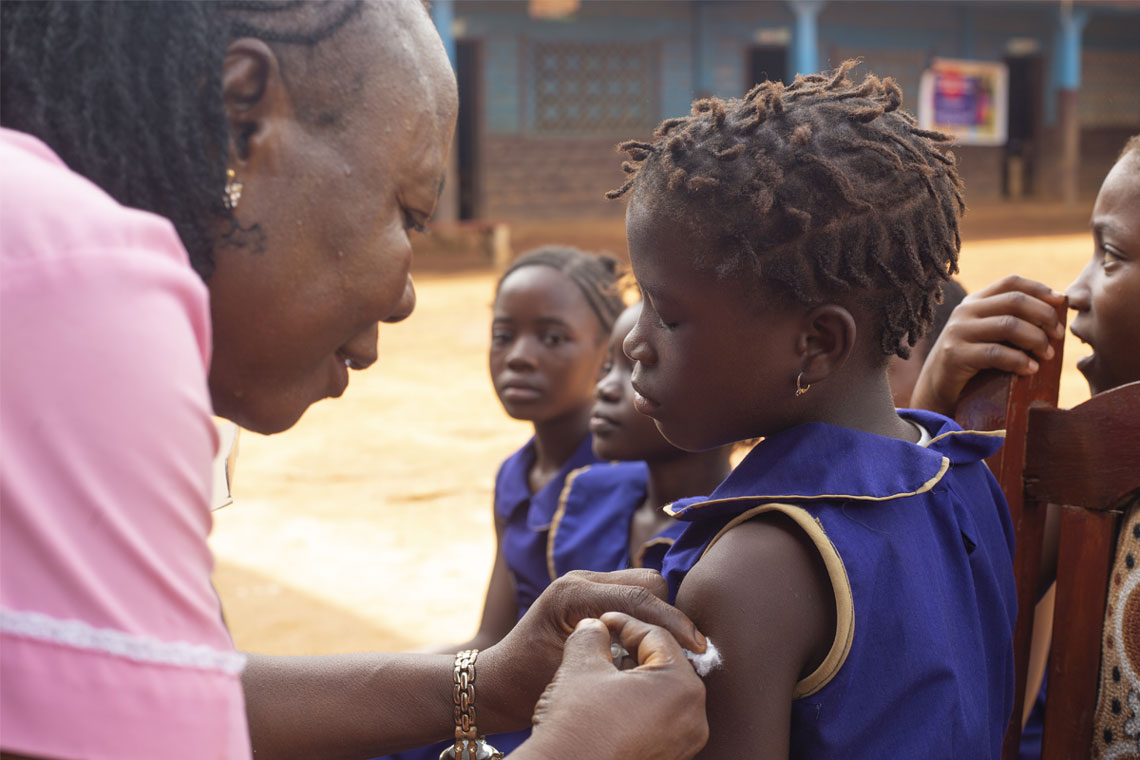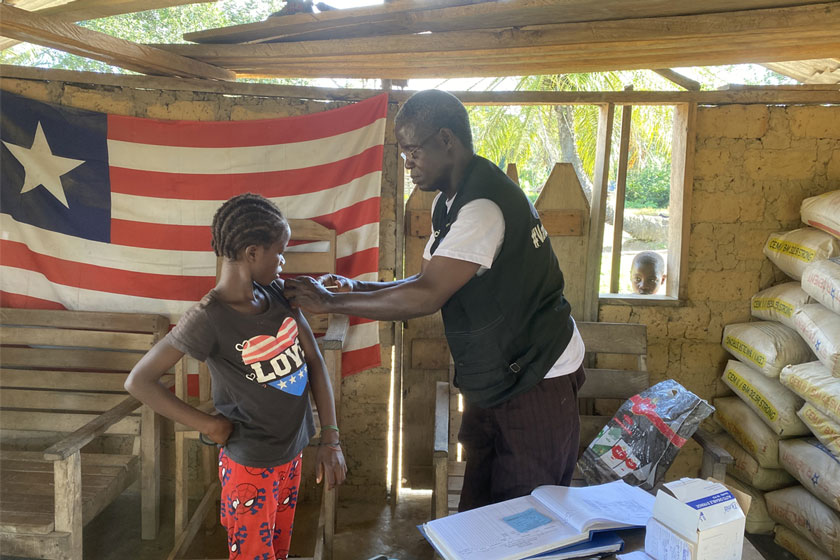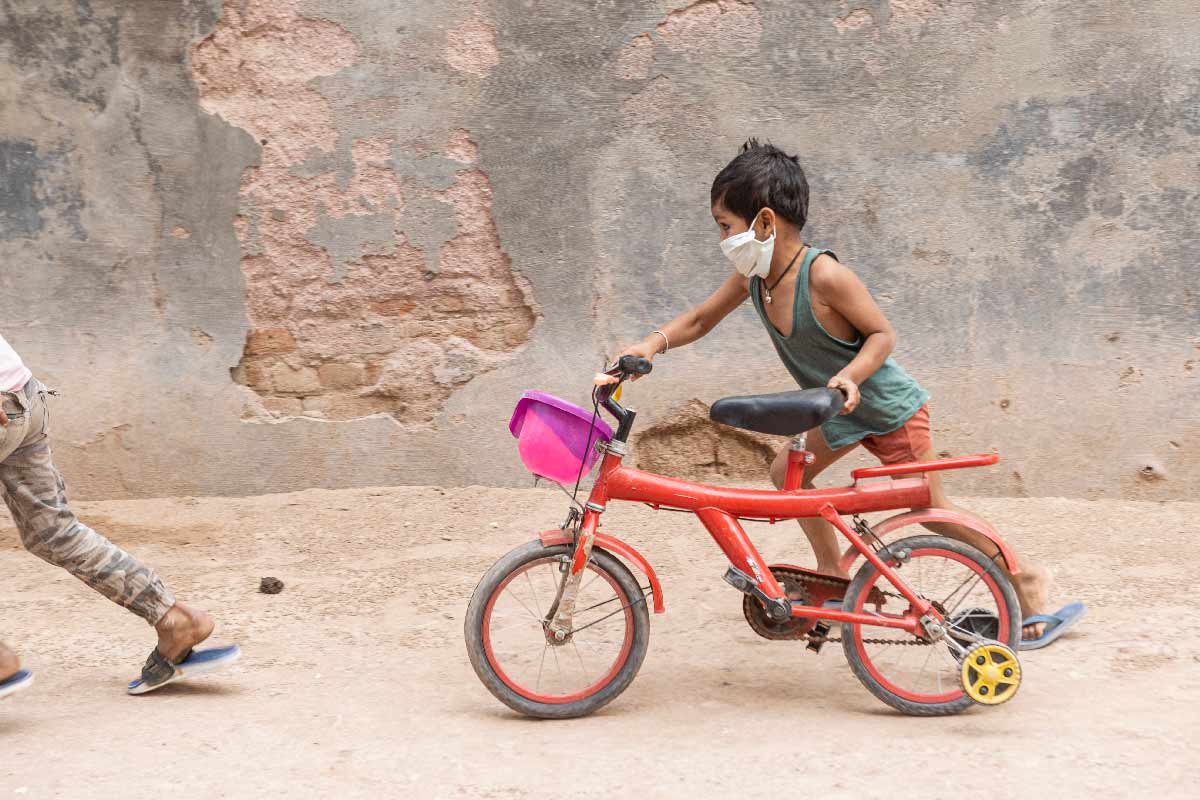Dengue-spreading mosquito racing north through Europe as climate warms
The Asian tiger mosquito is advancing northwards at 20 km a year, heightening the risk of dengue outbreaks in cities like London, Vienna and Frankfurt.
- 21 August 2025
- 4 min read
- by Linda Geddes

In France, the mosquito that transmits dengue fever is advancing north nearly three times faster than it did two decades ago – up from 6 km per year in 2006 to 20 km per year in 2024.
Based on simulations and observations of recent spread, researchers believe that Asian tiger mosquitoes – whose hotspots have so far tended to be in tropical and subtropical areas – will continue their march northward throughout Western Europe as climate change expands their habitat.
With major Western European cities – including London, Vienna, Strasburg and Frankfurt – expected to become increasingly well-suited to their survival, dengue could soon become a persistent health threat.
“Extrapolating from the results, it is estimated that the mosquito could establish itself in northern France within a decade, from where it could easily reach London – which is already climatically suitable for hosting this vector,” said study author Dr Andrea Radici at the Université de Montpellier in France.
Dengue fever
Dengue is a viral infection that causes a severe flu-like illness. Although most people recover, the infection can be lethal if people develop dengue haemorrhagic fever, which is characterised by serious bleeding and a sudden drop in blood pressure.
According to the World Health Organization (WHO), the incidence of dengue has increased 30-fold over the last 50 years. While it is still largely recognised as a disease of the tropics and sub-tropics, global warming is accelerating the spread of the Asian tiger mosquito (Aedes albopictus) that transmits it, as well as the Zika and chikungunya viruses.
Since arriving in Albania in 1979, Asian tiger mosquitoes have spread through Southwest Europe and are now expanding northward in France. The mosquitoes lay their eggs in water, where their larvae develop and give rise to flying bloodsucking adults, provided temperatures remain warm enough.
Have you read?
A recent study that analysed 35 years of data on the spread of dengue and chikungunya across Europe, identified a dramatic shift from sporadic imported cases to local outbreaks in recent years, and predicted that the risk of endemicity was growing – meaning these diseases could become a regular feature in parts of the continent.
Mosquitoes march north
The latest study, published in Global Change Biology, aimed to confirm whether recent climate change has influenced the ability of Asian tiger mosquitoes to transmit dengue in Western Europe.
To do this, Radici and colleagues built a modelling framework that combined climate data with mosquito biology, simulating not just where the insect can thrive, but also how dense its populations might become, as that could increase the risk of dengue transmission across the continent.
While southern Europe was already hospitable to Asian tiger mosquitoes, warmer conditions are now opening the door to new territories.
They then compared their simulations with 20 years’ worth of mosquito sightings, disease outbreaks and a dataset tracking the towns and cities in France where the species has gained a foothold.
Their results suggest that while southern Europe was already hospitable to Asian tiger mosquitoes, warmer conditions are now opening the door to new territories.
“Our simulations highlight the expansion of areas suitable for the establishment of Ae. albopictus in Europe, consistent with predictions by other studies. These areas, located between 40° and 52°N, are either located over large continuous regions, such as the Spanish plateau and the French Western Atlantic region, or in isolated urban centres –London, Frankfurt, Vienna, and Zagreb,” they said.
In such cities, the urban heat island effect, combined with high population density, could help to compensate for inadequate conditions in surrounding areas, they added.
On the other hand, in warm Mediterranean regions between 37° and 43°N – corresponding to the southern Iberian Peninsula and southern and central Italy – they predicted a localised decrease in adult mosquito densities, as summer temperatures exceeded optimal values for their survival, and decreased rainfall reduced opportunities for egg-laying and larval growth.
The researchers suggested that future mosquito surveillance should focus on areas projected to become suitable for their survival in the coming years. “Such areas include, but are not limited to, the western French countryside and large, populated cities between Southern England and Western Germany, such as London and Frankfurt,” they said.








